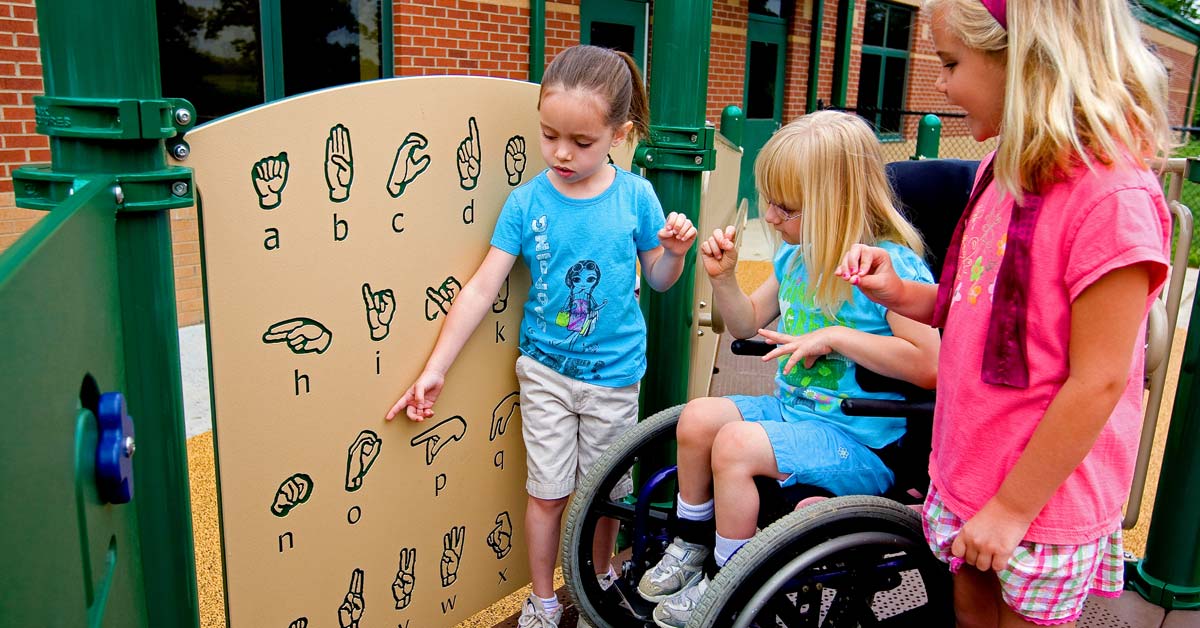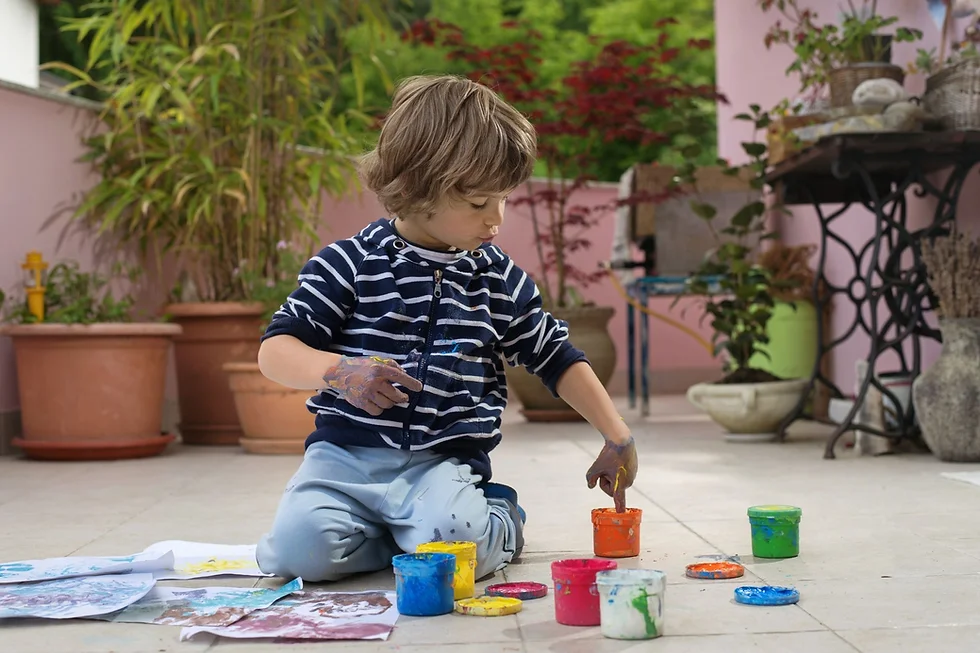Inclusive Play: Activities to Boost Confidence and Engagement

All children are different. Most differences are minor and barely detectable. Other differences are more notable and affect skills development, emotional aspects, and the child’s ability to participate in various activities.
Inclusive play refers to activities that any child can participate in. It makes children feel welcome and heard and respects various genders, ages, ethnicities, and ability levels.
How to Create Inclusive Play Environments
Offer Various Play Opportunities
An inclusive play environment offers various play environments, ensuring any child can find an activity suited to their personality and ability level. For example, it provides multiple physical abilities, offering open spaces for running, wheeling, and climbing.
Activities for creative children may include arts and crafts spaces and sensory units. There should also be social areas for gatherings and quiet spaces for children who prefer peaceful surroundings.
Sense Oriented Play
The senses play a prominent role in playtime, and children should be exposed to various engaging elements. Play areas should include interesting shapes, patterns, colors, and textures. Offer multiple sensory levels, enhancing stimuli in some areas and reducing them in others so children can always find comfortable environments.
Children with impairments may enjoy sensory experiences that allow them to explore through sound, touch, sight, and vibration.
Consider Security Issues
Keep play spaces safe by providing boundaries that prevent children from wandering off. Ensure play areas are protected from inclement weather. Segregation should be avoided, but it may be necessary to zone some areas by use type to prevent injuries.
Accessibility is a Priority
Ensure your space is accessible for children of various abilities. Here are some guidelines to keep in mind.
- Play surfaces should be firm with adequate impact absorption.
- Consider the width and height of various equipment and entranceways to ensure they are accessible for wheelchairs and walkers.
- Integrate activities focusing more on upper body movement when choosing physical options.
- Open spaces for running should also include lanes for wheelchairs and trikes.
- Informational signage should feature pictures and braille options.
Consider Parents and Guardians
Parents and guardians may want to supervise their children while they play. Provide a sitting area nearby. The location should also be suitable for disabled adults.
What are the Benefits of Inclusive Play?
- Ensures everyone feels welcome: Inclusive play helps children feel accepted as they are.
- Encourages social development: Children interact in inclusive play spaces, developing much-needed social skills.
- Promotes imaginary play: Children can engage in imaginary play in inclusive spaces, which helps them better understand the roles and activities of life.
- Encourages cooperation: Playspace interactions promote collaboration and camaraderie.
- Creates opportunities for quiet play: Children can choose to interact in high sensory spaces or relax in peaceful surroundings.
- Promotes meaningful engagement: An inclusive playspace encourages adults and children to interact meaningfully in a community environment.
Prestige Home Care Will Find the Best Solutions for Your Child
Prestige offers pediatric care and intellectual disability services, ensuring you find the best solutions for your child. We can assist with skills development, socialization, and learning. Our team will help your loved one lead a more independent lifestyle.
Contact us to learn more about our comprehensive services.
